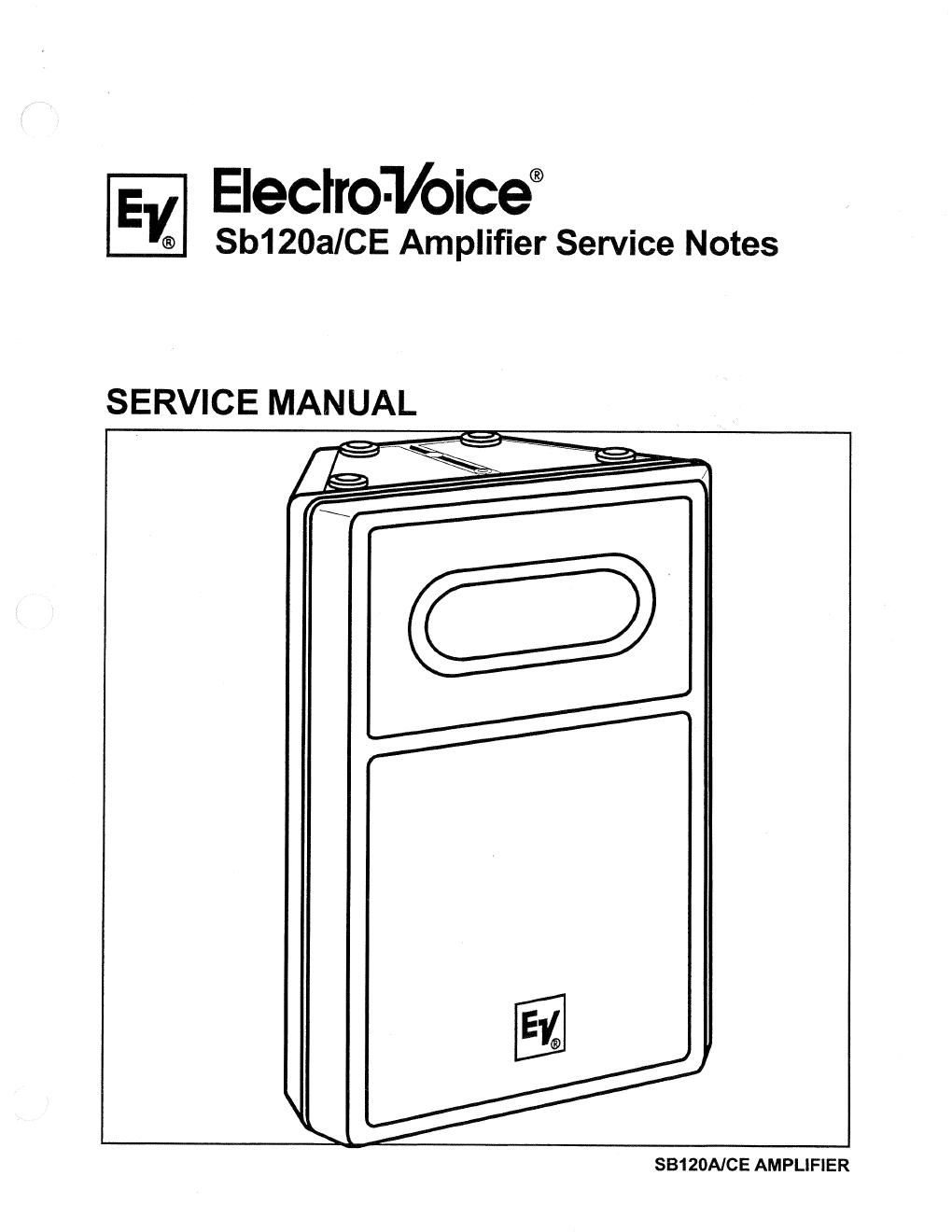Electro voice sb120a actspk
This is the 20 pages manual for electro voice sb120a actspk.
Read or download the pdf for free. If you want to contribute, please upload pdfs to audioservicemanuals.wetransfer.com.
Page: 1 / 20
